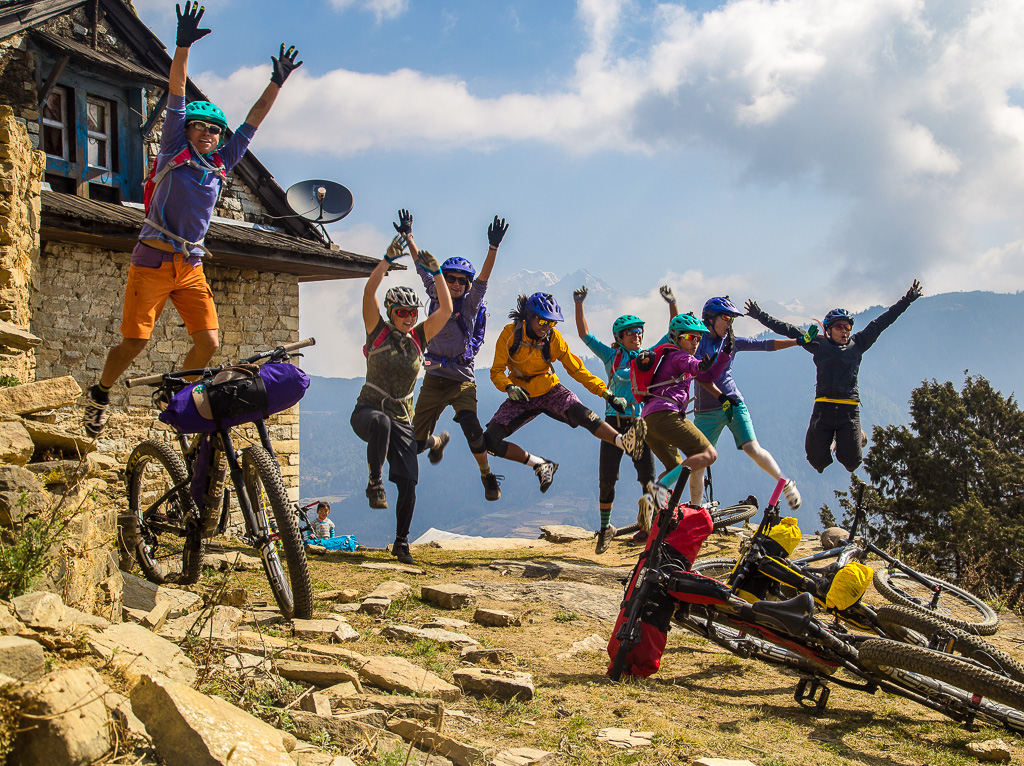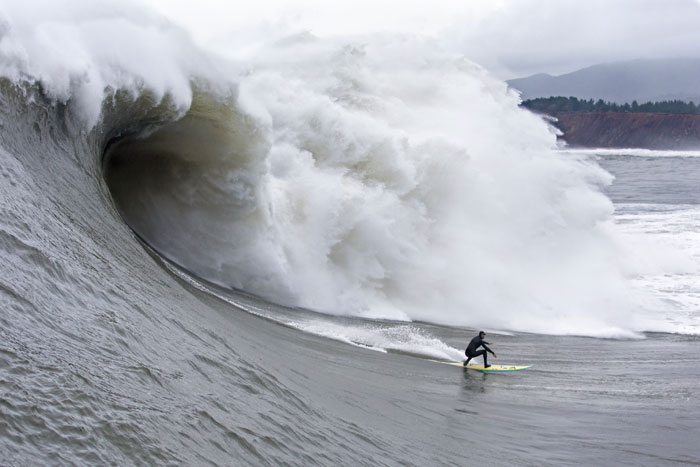- Tahoe’s Nevada Beach Tops the List of Hard-to-Book Campgrounds - 07/17/2024
- Cannabis Watershed Protection Program Cleans Up Illegal Grow Sites - 07/10/2024
- French Fire - 07/05/2024
Two Tahoe Basin Climbs/Hikes High on Views, Not on Grades: Eagle Lake Buttress and Shakespeare Rock
By Robert Frohlich
Eagle Lake Buttress
It was while climbing Eagle Lake Buttress, marshalling up a flared chimney with waning energy, when I began to understand Albert Camus’ treatise on the struggle of man against history, or what he called The Myth Of Sisyphus.
By my own admission, I’m a card carrying member of the “Chicken Climber’s Hall Of Fame.” Unlike my supposed brethren, who on rock monoliths resemble a Great Dane hearing the word “bone,” I lack the skill and gumption to ascend worthy peaks discovered in slide shows. Like a skier who lives for the groomed, I’m content to stretch my pluck and sanity up established, well-protected, and easy routes.
Eagle Lake Buttress provides me with a universal positivity, a zero-to-hero feeling without fear of amputation, hanging bivouacs, or yo-yoing up fixed ropes.
Located prominently close to the south end of the high ridge a mile west of Eagle Lake near Emerald Bay, the granite tower, at 8,640 feet, erupts like a skyscraper and reigns supreme among all the mountain spirals that surround Desolation Wilderness’s jaw.
Blessed with sylvan landscapes, multiple short pitches, and good granite dripping with bomber handholds and the firmest footing, it’s hard to imagine anything more dangerous than a falling pine cone amid its idyllic surroundings.
The climber’s most direct and simplest route is rated a lowly 5.5. Little of the climb is technically challenging, but you do need basic climbing equipment and protective anchors. The inexperienced climber should accompany a friend/guide. For the more advanced there are several other routes, 360 degrees around the tower, and rated much higher in difficulty. The biggest grunt for the out-of-shape enthusiast is the 1 1/2 hour hike from the Emerald Bay parking lot to the ascent point. The summit is a sure bet by way of the 4th class mountaineer’s route that wanders up a notch of low-angle slabs from the southwest.
Vertiginous views of Lake Tahoe to the east, Dick’s Peak to the west, Mount Tallac to the south, and Maggie’s Nipple to the north greet the climber tagging the summit. The spacious, table-top pinnacle is an off-belay, laid-back atmosphere for lunching and sightseeing. Under a sky as wide as the face of time, Eagle Lake Buttress’s reward closes tightly in a high-altitude gaze, hotly whispering how wonderful is life. Kind of revealing juju, sort of like how I feel about rolling back time and maybe as Sisyphus must have felt when he began to get the idea he couldn’t roll back the rock.
Shakespeare Rock
Just like the poet it’s named after, Lake Tahoe’s Shakespeare Rock is an inspiration.
The famous promontory directly south of Glenbrook was first named in 1862 when the wife of Reverend J.A. Benton, while sketching mountain backdrops, discerned a deep stain eroded into the side of the bluff situated above the pioneer settlement. On further study she made out an unusual likeness of the original Chandos portrait of William Shakespeare. Since then a steady stream of travelers have visited the rock, peering up its formidable face in hopes of identifying the sonorous scribe of the Stratford on Avon.
I’d never bothered to seek the small, natural profile of Shakespeare etched by lichens and oxidation. Like most of Shakespeare Rock’s modern-day visitors, I come just for the climbing. Because it faces north, the 350-foot shaded bluff is a good place to rock climb during heated summer days. Located just a few minutes hike from Highway 50, the prominent south lake landmark offers easy access and several short moderate lines up its imposing crag and roofless cave, perfect for well-catered adventure.
Be forewarned, however: “The rock is very fractured, creating blocks of all sizes, some of which are loose,” notes the book Rock Climbing Lake Tahoe by Mike Carville (Falcon, 1999). “Many of the routes lack well-developed crack systems and protection can be difficult to place.”
Beyond its crack systems, chalk stains, and Hippo-size fractures, Shakespeare Rock also reveals to the seeker something more capricious than 5.6s and 5.11s, something much more Karmic within the summer tourist wash. It’s a place of otherworldly beauty and haunting terrain, a private little monument jostling between the spiritual and the secular.
Like many of Tahoe’s east shore crags, instead of granite, Shakespeare Rock is formed of andesite and rhyolite. As a result, the volcanic stone tends to be very fractured and loose, but the hike is worth the strain. For non-climbers — or for those climbers uncomfortable with the loose rock and protection challenges — a fairly obvious hiking route within its chasm allows a scrambling invitation to wind-carved views of the surrounding countryside.
From its 6,746-foot summit, an enveloping panorama reveals the heart of Lake Tahoe, lonely, silent, serene and enrapturing. To the south, detached from activity, is Glenbrook Meadows. Further to the south rest the Basin’s tallest peaks, Freel and Jobs; to the west, across the expanse of Lake Tahoe, lies the tarnished glow of Mount Tallac and the dramatic landscape of the West Shore.
Remote in time and space, the air settles softly atop Shakespeare Rock. Looking at the clear and still landscape one only can agree that indeed, the truth will set you free.
Robert “Fro” Frohlich is a well-known Tahoe-based journalist, book author and personality.














